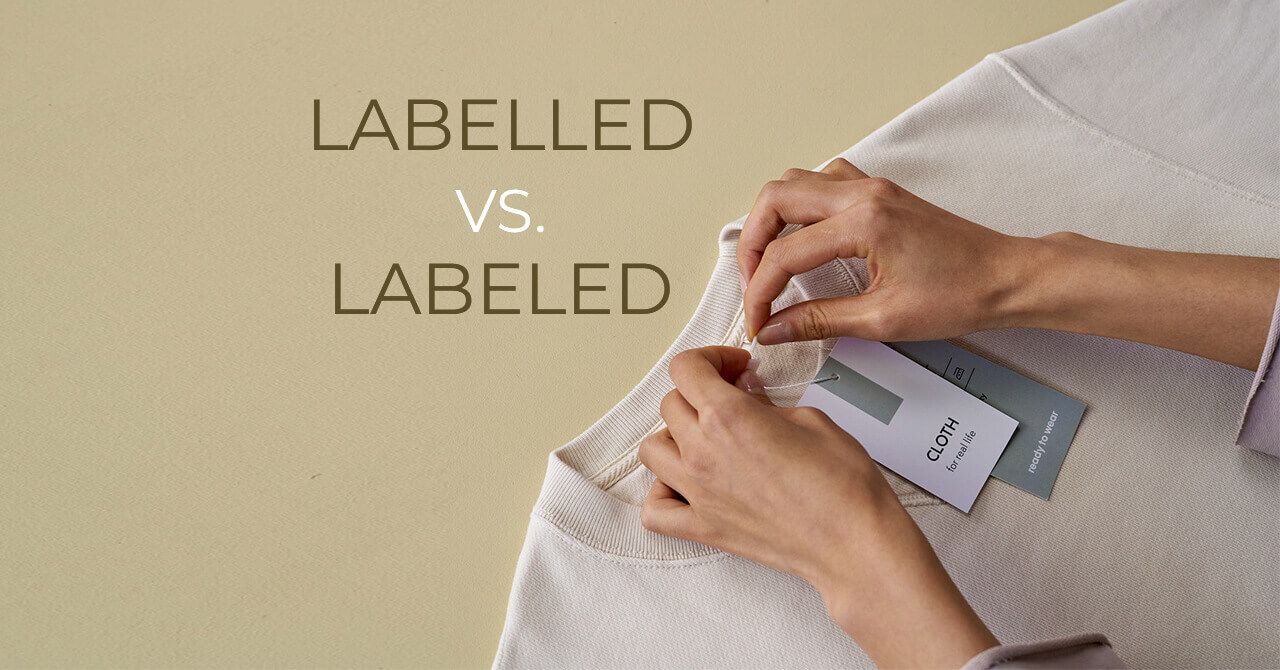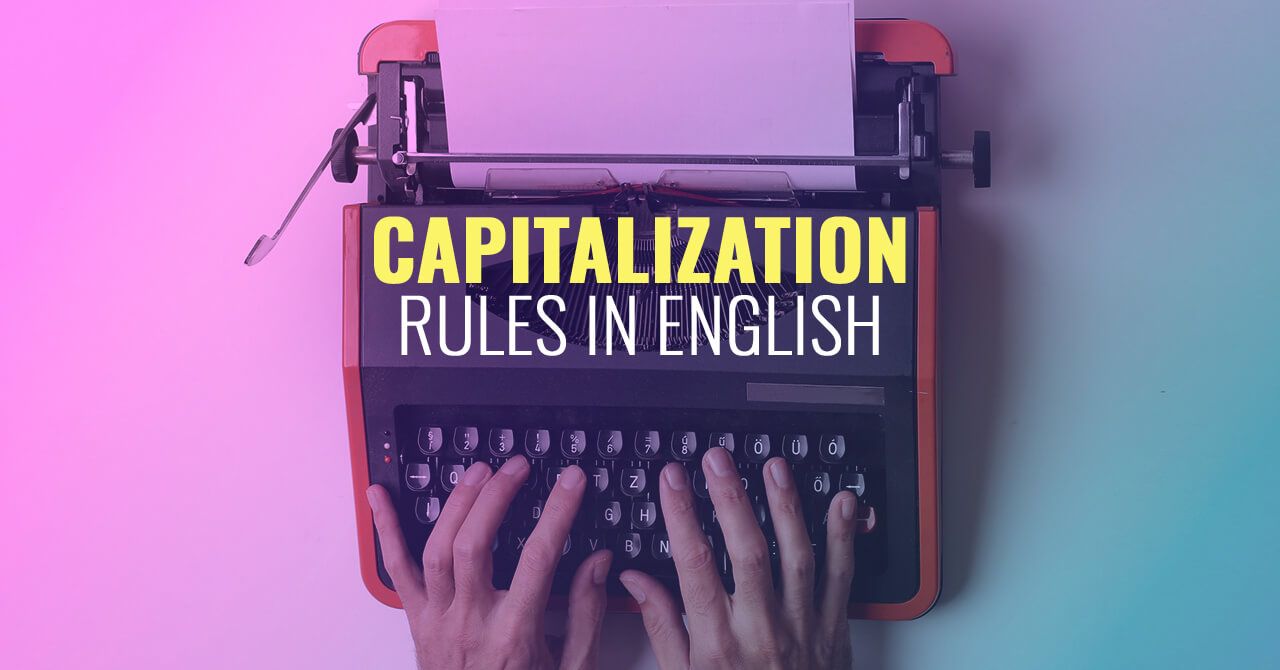
Detailed Explanation of the Past Continuous Tense
We use it to describe previous actions that continued, as opposed to the simple past tense.

Spelling Tips: “Labelled” or “Labeled”?
“Label” is pronounced with only one letter, “l,” in American English. The preferred forms in Canada, Britain, and other English dialects from outside of North America are “labelled” and “labelling,” with an extra “l.”

Who’s vs. Whose: How to Use Each Correctly
“Whose” is the relative pronoun to ask to whom something belongs, and “who’s” is a shortened form of “who is.”

The Simple Past Tense With Examples
Past Simple Tense is another “simple” tense, which means that in the affirmative form, we have only the main verb with a suffix, and in the interrogative and negative, the auxiliary verb “to do.”

Everything You Need to Know About Present Continuous
The Present Continuous Tense denotes an action occurring right now (in the present). This tense is sometimes called the Present Progressive Tense because the action is implied in the process.

Basic Guidelines for Capitalization Rules
There aren’t many capitalization rules. They are simple to memorize.

What are Reflexive Pronouns?
The best way to use a reflexive pronoun is for the object if the verb’s subject and object are identical.

10 Best Podcasts to Learn English and Improve Your Language Skills
Podcasts take little time and allow you to practice English and broaden your horizons. Below are ten pages of interesting podcasts for both beginners and advanced speakers.